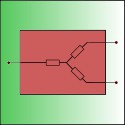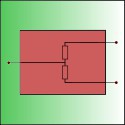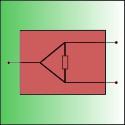Power splitter / combiners
Power splitter / combiners from DC up to 6 GHz
- Both resistive types (6dB insertion loss) and Wilkinson designs (3dB insertion loss)
- Hybrid couplers with excellent isolation
- Very high return loss
- Solid aluminium case
Power splitter / combiners Subcategories
Products
There are 8 products.
Showing 1 - 8 of 8 items











